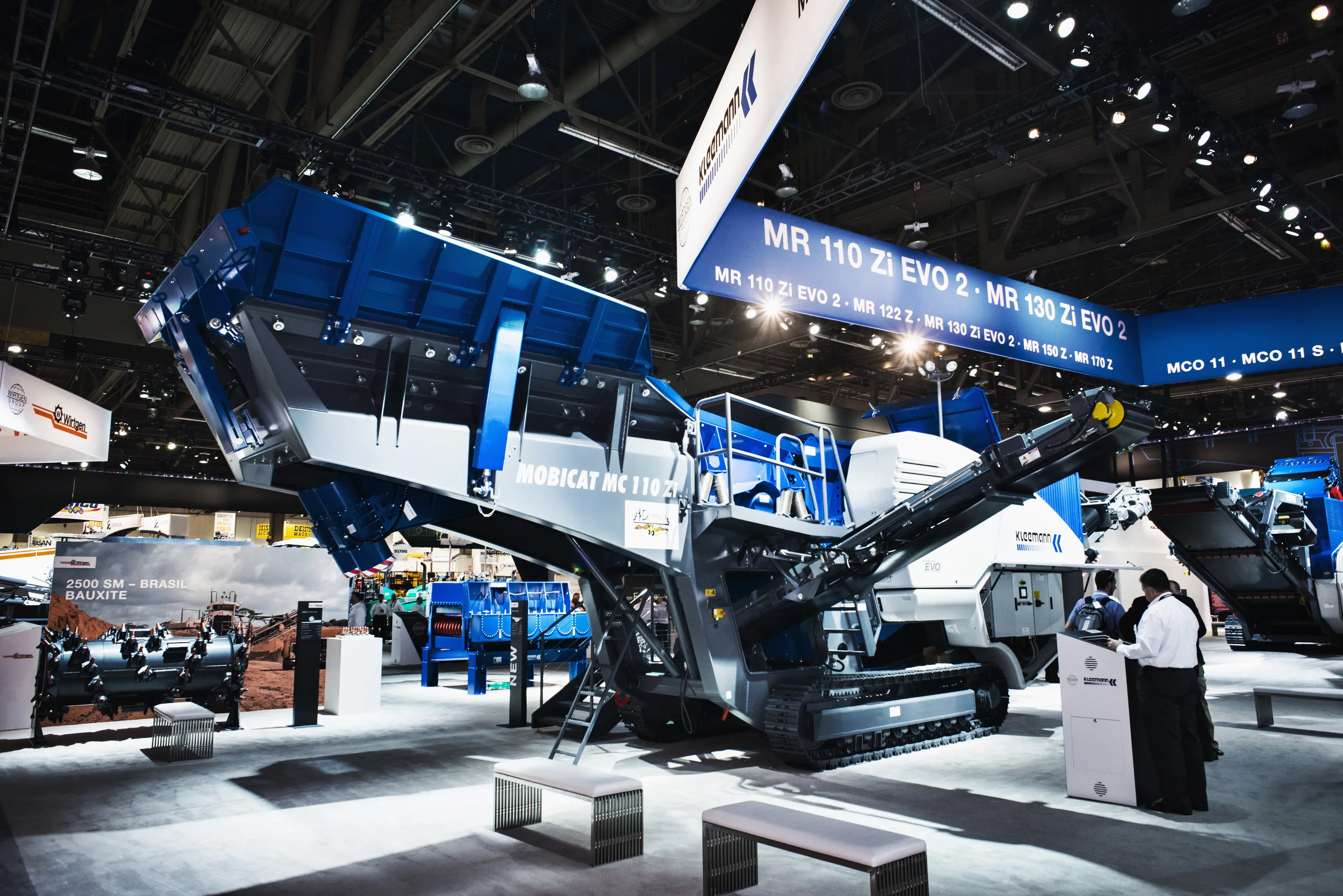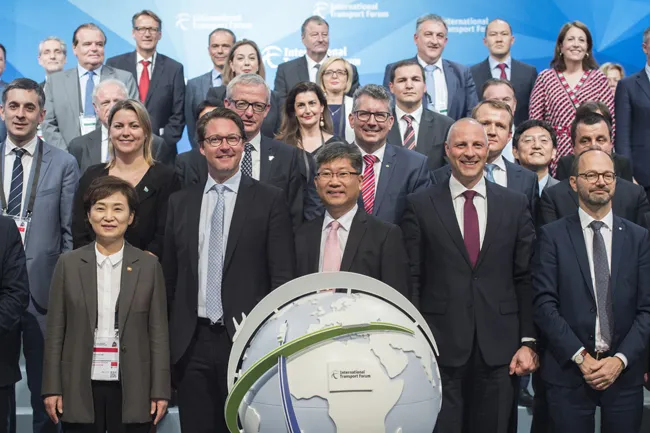What is sand aggregate?
Sand aggregate is a general term for sand, gravel and other materials in construction projects. It is the main building material for concrete and stone masonry in hydraulic engineering, and it acts as skeleton or filling in concrete. It is widely used in civil engineering such as cement concrete, asphalt concrete, road foundation, railway track slag, and mortar.
The classification of sand aggregate
Mining machinery can crush large-sized stones into different size stones or sand to meet the different requirements of sand, stone, construction, railway, highway, expressway, and other projects. The most %$Linker:
1. According to aggregate size
As the main raw material in concrete, sand aggregate plays an important role in skeleton and support in buildings. Concrete aggregates mainly include two types of coarse aggregates and fine aggregates.
Coarse aggregate: rock particles with a particle size more than 4.75 mm, such as pebbles and gravel, etc.
Fine aggregate: rock particles with a particle size less than 4.75 mm, such as river sand, mountain sand, sea sand, etc.
The thickness of the sand is divided into 4 levels according to the fineness modulus:
Coarse sand: fineness modulus is 3.7-3.1, the average particle diameter is more than 0.5 mm.
Medium sand: fineness modulus is 3.0-2.3, the average particle size is 0.5-0.35 mm.
Fine sand: fineness modulus is 2.2-1.6, the average particle diameter is 0.35-0.25 mm.
Extra fine sand: fineness modulus is 1.5-0.7, and the average particle diameter is less than 0.25 mm.
2. According to the density of aggregate
The density of aggregate refers to the ratio of the dry mass per unit volume to the volume of drainage in the natural state. The approximate density range is about 2.3-2.8 T/m3. Generally, the density of natural aggregates used for concrete is above 2.9 T/m3, most of which reaches 4.0 or so.
Ordinary aggregate: the density is 2500-2700 kg/m3.
Light-weight aggregate: the density is 0~1000 kg/m3, such as ceramsite, calcined shale, expanded vermiculite, expanded perlite, and foamed plastic particles, etc.
Heavy-aggregate: the density is 3500-4000 kg/m3, such as iron ore and barite, etc.
3. According to the specification of sand
Sand is divided into natural sand, artificial sand and renewable sand.
Natural sand is formed by natural conditions (mainly rock weathering). The particle size below 5 mm is called natural sand.
Artificial sand refers to the tailings or stone chips are produced during the processing of stone ore and block stones, then washed and sifted. They are also known as machine-made sand. Generally, renewable sand is formed by crushing wastes such as construction waste. The size and shape of artificial sand is more angular than natural sand, which is beneficial to the internal structure of concrete and more popular.
With the reduction of natural sand resources and the expansion of infrastructure, the contradiction between supply and demand of sand aggregates is increasingly prominent, which is a good development opportunity for sand enterprises without a doubt. It is necessary to aim at the production of aggregates, meet the high standards of aggregates in the industry, and achieve sustainable development to maintain competitiveness in a fierce environment.
The construction of infrastructure projects such as roads, railways and bridges in China requires the consumption of huge amounts of aggregates to ensure the quality of construction projects every year. Recently, the market consulting company released the report-"Global Sand and Stone Aggregate Market Analysis and Forecast 2016-2024", which analyzed and forecasted the global sand and gravel aggregate market situation in 2016 and the next eight years.
According to the report, the world consumed 43.3 billion metric tons of sand aggregates by the end of 2016, an increase of 6.3% year-on-year, and the overall output value reached 350.2 billion US dollars. At the same time, the report predicts that the world will consume 62.9 billion metric tons of sand aggregates in 2024, with a growth rate of 4.8% in 2016-2024.
Global sand aggregates are mainly used in commercial construction, housing, industrial construction and infrastructure construction. It is benefited from the growing investment of various enterprises and government departments. The infrastructure construction has the largest demand for aggregates. Last year, HXJQ equipped %$Linker:
In the major sand aggregate demand areas of the world, infrastructure construction and maintenance projects are the main drivers of rising demand for aggregates. In the future, more and more prosperous housing demand, commercial construction, tourism, manufacturers' emphasis on recycled aggregates, and machine-made-sand will drive the global sand aggregate market higher.
How to produce aggregate?
The storage of natural sand is gradually decreasing in the world, and the natural sand reserves in some countries will be rapidly depleted. The depletion of natural sand resources will lead to a sharp increase in the demand for machine-made-sand, especially in areas where construction projects with huge demand for aggregates. Therefore, machine sand and renewable sandstone will be more popular.
1.Mechanism sand
The stone material is initially crushed by a coarse crusher, then it is transported by a belt conveyor to a fine crusher for further crushing. The crushed stone is sieved into two kinds of stones in a vibrating sieve to meet the feed particle size of the sand making machine, one of which will meet the standard. The sand will be washed by the sand washing machine to make the finished sand.
2. Reclaimed sand
Firstly, we should separate the plastic, wood, PVC, steel, various packaging materials, and paper from the construction waste, then crushing the red bricks and the cement blocks, and making them into sand by a sand making machine. This recycled aggregate can replace natural sandstone 100%.








